प्राचीन शिव मंदिर | पशुपतिनाथ मन्दिर, नेपाल
Pashupatinath Temple is one of the biggest and most sacred Hindu temples of Lord Shiva in the world. It is located on the banks of the Bagmati River in the eastern part of Kathmandu, the capital of Nepal. Pashupatinath Temple's existence dates back to 400 A.D. With its astonishing architectural beauty the temple stands as a symbol of faith, religion, culture and tradition. The beautiful richly - ornamented pagoda styled temple house the sacred linga or halilic symbol of Lord Shiva. Thousands of pilgrims from all over the world come to this temple all round the year to pay respect to Lord Shiva. Pashupatinath temple is also know as "The temple of Living Beings".
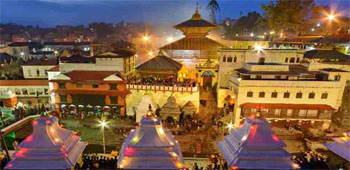 The temple is famous for its awe-inspiring and astounding pagoda architecture. The two level roofs of the temple are embellished with gold and the four main doors are silver.. The western door has statue of a large bull ornamented in gold, Nandi. This black stone idol, about 6 feet height and circumference adds to the beauty and charisma of the temple. Believers in Pashupatinath. mainly Hindus are allowed to enter the temple premised. Non - Hindu visitor are allowed to have a look at the temple the opposite bank of Bagmati river.
Pashupati area is regarded as one of the most important pilgrimages by the followers of Hinduism. Thousands of devotees from with in and outside the outside the country come to pay home age to Pashupatinath every day. And on special occasions like Ekadasi.Sankranti, Mahashivaratri, Teej, Raksa Bandhan, Grahan (Eclipse) Poonrinma (Full Moon day) the whole atmosphere turns festive and mirthful as people congregate here in a far greater number.
The temple is famous for its awe-inspiring and astounding pagoda architecture. The two level roofs of the temple are embellished with gold and the four main doors are silver.. The western door has statue of a large bull ornamented in gold, Nandi. This black stone idol, about 6 feet height and circumference adds to the beauty and charisma of the temple. Believers in Pashupatinath. mainly Hindus are allowed to enter the temple premised. Non - Hindu visitor are allowed to have a look at the temple the opposite bank of Bagmati river.
Pashupati area is regarded as one of the most important pilgrimages by the followers of Hinduism. Thousands of devotees from with in and outside the outside the country come to pay home age to Pashupatinath every day. And on special occasions like Ekadasi.Sankranti, Mahashivaratri, Teej, Raksa Bandhan, Grahan (Eclipse) Poonrinma (Full Moon day) the whole atmosphere turns festive and mirthful as people congregate here in a far greater number.During the Shivaratri festival Pashupatinath temple glows with lights of ghee lamps glows throughout the night and the temple remains open all night. Thousand of devotees take ritual baths in the Bagmati river on the day of the festival and observe a sages from different parts of Nepal and India come here on the occasion of Maha Shivaratri. In August, during the Teej festivl, thousands of women holy waters of the Bagmati river because this ritual is meant to bring a long and happy marriage, many women dress in red saris, which are traditionally worn for wedding ceremonies.Full moon and New moon days are also considered auspicious to visit the temple. There are many legends describing the existence of the temple of Lord Pashupatinath. The Cow legend states that once Lord Shiva took the form of an antelope and sported unknown in the forest on Bangmati river's east bank. The gods later caught up with him, and grabbing him by the horm forced him to resume to his divine from. The horn broke and people started to worship it as alinga but overtime it was buried and lost. Centuries later, one day a cow boy found one of his cows showering the earth with milk. Digging deep at the site, he discovered the divine linga of Pashupatinath. According to Goalraj Vamsavali, the oldest ever chronicle in Nepal, this temple was built by Supus Padeva, a Linchchavi King, who according to the stone inscription erected by Jayadeva 11 in the courtyard of Pashupatinath in 753 AD, happen to be the ruler 39 generations before Manadeva (464-505 AD) According to the Devalaya Legend Pashupatinath Temple was in the form of Linga shaped Devalaya before Supus Padeva constructed a five stored temple of Pashupatinath in this place. As the time passed, the need for repairing and renovating this temple arose. It is learnt that this temple was reconstructed by a mediaeval's King Named Shivadeva (1099-1126 AD) It was renovated by Ananta Malla adding a roof to it. Evening Aarati at PashupatiL
MAJOR FESTIVAL IN PASHUPATINATH
SHIVA RATRI FESTIVAL: During the Shivaratri festival Pashupatinath temple glows with lights of lamps throughout the night and the temple remains open all night. Thousand of devotees take ritual baths in the Bagmati river on the day of the festival and observe a sages from different parts of Nepal and India come here on the occasion of Maha Shivaratri. TEEZ FESTIVAL: In August, during the Teej festival, thousands of women bath holy waters of the Bagmati river because this ritual is meant to bring a long and happy marriage, many women dress in red saris, which are traditionally worn for wedding ceremonies. FULL MOON: Full moon and New moon days are also considered auspicious to visit the temple. Daily Rituals at Pashupatinath
4:00 am: West gate opens for visitors.
8:30 am: After arrival of Pujaris, the idols of the Lord are bathed and cleaned, clothes and jewelry are changed for the day.
9:30 am: Baal Bhog or breakfast is offered to the Lord.
10:00 am: Then people who want to do Puja are welcomed to do so. It is also called Farmayishi Puja, whereby people tell the Pujari to carry out a special Puja for their specified reasons. The Puja continues till 1:45 pm in the afternoon.
1:50 pm: Lunch is offered to the Lord in the main Pashupati Temple.
2:00 pm: Morning prayers end.
5:15 pm: The evening Aarati at the main Pashupati Temple begins.
6:00 pm onward: Recently the Bagmati Ganga Aarati; done by the shores of Bagmati, has been gaining lots of popularity. We can see the shores of Bagmati crowded mostly on Saturdays, Mondays and on special occasions. Ganga Aarati along with Shiva’s Tandava Bhajan, written by Ravana, is carried out on evening Ganga Aarati.
7:00 pm: Door is closed. Contact Us for More information & Price Cost Details:
Em@il: holidaynepal@gmail.com | Hotline: +977 9841 911150 | WhatsApp OR Viber: 9816 770504
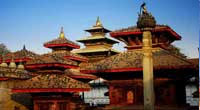
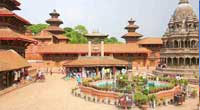
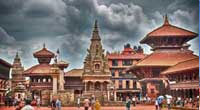
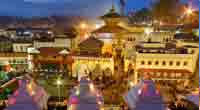
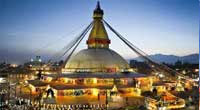
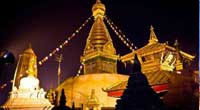
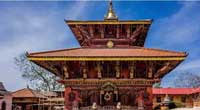
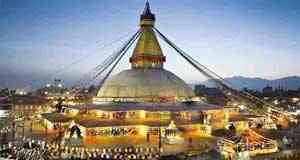 # Duration - 7N/8D Package
# Duration - 7N/8D Package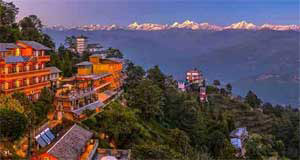 # Duration - 3N/4D Package
# Duration - 3N/4D Package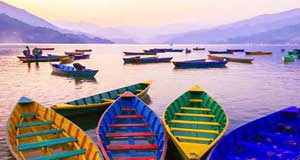 # Duration - 5N/6D Package
# Duration - 5N/6D Package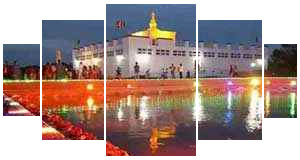 # Duration - 5N/6D Package
# Duration - 5N/6D Package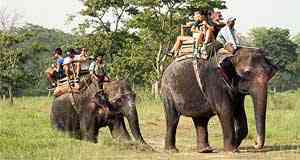 # Duration - 5N/6D Package
# Duration - 5N/6D Package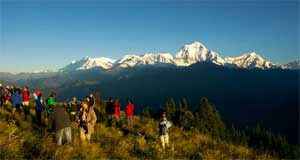 # Duration - 8N/9D Package
# Duration - 8N/9D Package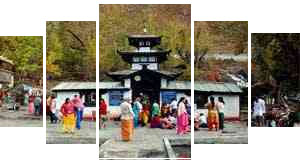 # Duration - 6N/7D Package
# Duration - 6N/7D Package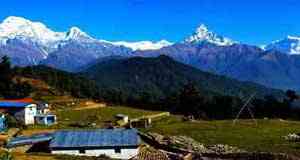 # Duration - 9N/10D Package
# Duration - 9N/10D Package # Duration - 8N/9D Package
# Duration - 8N/9D Package









